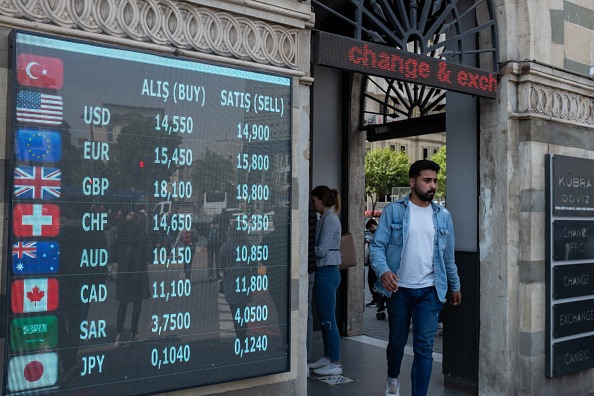Why Short Monthly Options Outperform Short Weekly Options
New research conducted by tastytrade shows the performance data for short monthly options tends to be more attractive as compared to short weekly options—even amidst heightened volatility

Due to elevated volatility in the financial markets during 2022, a higher proportion of market participants have gravitated toward weekly options as compared to years past.
One reason for this change is that elevated volatility in the market typically translates to higher options premiums. As a result, some options market participants have likely gravitated toward weekly options because the absolute premium is lower as compared to monthly options and LEAPS.
The reduced premium for weekly options is directly correlated to their shorter duration (i.e. they expire more quickly). That means there’s theoretically less time for a weekly option to produce the desired outcome.
In many cases, low-probability weekly option bets such as these are losers. That’s why weekly options are often referred to as “lottery tickets.”
However, that doesn’t mean that selling weekly options is necessarily a prudent approach, either. Weekly options have narrow breakevens, and can be susceptible to an outsized degree of risk if the underlying stock makes a large-magnitude move.
And because of their short duration, it’s nearly impossible for a weekly option to move back into profitable territory in the wake of a large magnitude move—unlike a monthly option which may have weeks until expiration, or a LEAPS option that might have months until expiration.
New research conducted by tastytrade shows that the risk-reward paradigm for short weekly options doesn’t improve much, even in extremely volatile trading environments, like the one observed in 2022.
The average premium per day for weekly options is much higher than it is for monthly options. That indicates the potential return on capital (ROC) from a short weekly option is theoretically higher, as compared to a monthly option.
Despite the seemingly attractive figures outlined above, one can’t forget the broader context. Weekly options still have a narrower profit zone, and limited flexibility to deal with large losses in a short timeframe, as compared to monthly options.
Using backtests of 2022 trading data, tastytrade discovered that the overall performance of short weekly options has still been fairly weak—despite the richer premiums. Moreover, proactive management of short weekly options positions doesn’t help much, either.
The graphic below highlights how monthly options have far outperformed weekly options in 2022 when it comes to overall win ratio, daily P/L and limiting large losses.
The top row of the chart highlights the management strategy used in each backtest. For monthly options, each position was closed with 21-days left until expiration (DTE = days until expiration). While in the case of the two weekly option backtests, the first (middle column) left the positions open through expiration, while the second (right column) closed the short weekly options after three days (i.e. 3 DTE exit).
As highlighted below, the performance statistics of each respective backtest revealed that a short monthly approach appears to offer a more attractive risk-reward dynamic, as compared to the two short weekly approaches.
To learn more about tastytrade’s new research on weekly options, watch this new episode of Options Jive.
For daily updates on everything moving the markets—including the global chip sector—check out TASTYTRADE LIVE—weekdays from 7 a.m. to 4 p.m. CDT.
Sage Anderson is a pseudonym. He’s an experienced trader of equity derivatives and has managed volatility-based portfolios as a former prop trading firm employee. He’s not an employee of Luckbox, tastytrade or any affiliated companies. Readers can direct questions about this blog or other trading-related subjects, to support@luckboxmagazine.com.



















